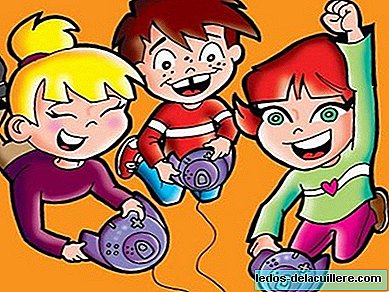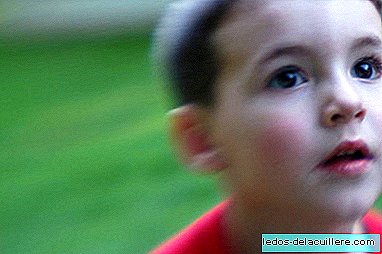
A few days ago we saw that the new Nintendo 3D-S might not be harmful to children, after the manufacturer said that the little ones could take some risk. It could even imply the early location of certain pathologies difficult to detect.
This was confirmed by the American Optometric Association, and this is also indicated by various ophthalmological specialists in Spain: there is no scientific evidence that 3D audiovisual products pose any risk.
Summarizing the controversy, we have that on its Japanese website the company Nintendo has recommended future small users of 3D-S to use only the traditional two-dimensional mode, as they warn that
contemplating three-dimensional images for a long time can cause adverse effects on the visual development of children under six years.
Nintendo is not the first company that alerts users to the possible risks of 3D, but that warning has been made by all Asian companies that market audiovisual products in three dimensions, such as Sony or Toshiba.
All of them follow voluntary safety guides edited by the consortium that brings together Japanese electronic companies that, in no case, rely on previous scientific studies. In this way, I think your back is covered for any complaint and the costs of preparing such investigations are saved.
Of course, given that among the users of the Nintendo there is a large children's audience, the alarm jumped at these claims.
Thousands of parents wondered if 3D screens pose a risk to children, which, at least for now, does not seem true. Of course, specialists continue to recommend moderation in the use of these video games.












